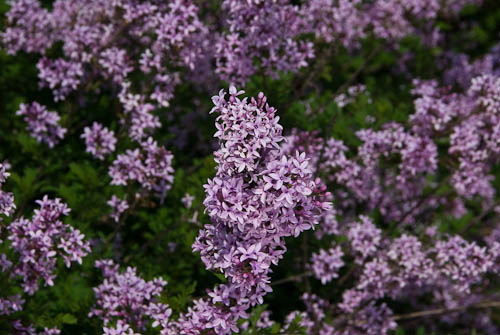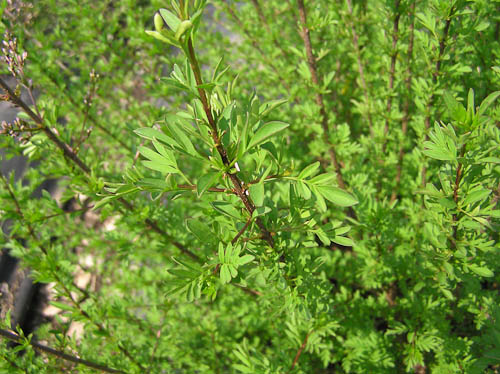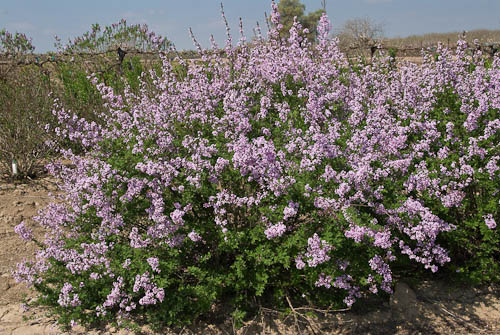Question: I bought a Persian Laceleaf lilac for my yard. I was going to plant it on the east side where it would get only late morning sun and early afternoon soon. Now I am thinking about the back yard where it would get full sun all year but with the temps climbing as high as 115 in the summer I am wondering if it will be too much burning sun. My roses seem to survive but many of them were grown as root stock in the valley. Which would be the best spot for the lilac? I do want it to get enough sun to bloom but so much that it will burn and die.
Thank you for your help. Linda

Persian Laceleaf Lilac (Syringa lacianata) Spring Blooms
Answer: Linda,
Good selection! I love the Persian Laceleaf Lilac. Have 5 in my own back yard along the fence. I really like that fern-like, soft looking foliage.

Soft Appearing Foliage all Summer Long
Two are in full afternoon sun and 3 are partially shaded and all are thriving.
Visalia gets toasty too but not quite like Phoenix. We usually see summer temperatures of 100 to 105 degrees F and up and over 110 for a week or two sometimes. Not your 115 (hurts just thinking about it). All our lilacs grow in full sun in our fields here with no problem. The Persian Laceleaf is a recommended variety for Phoenix and similar locations because it does tolerate heat.
With that said, I cannot claim to be your local expert as I have not seen the effects of 115 degree, dry heat. I'll bet some of your local nurserymen can answer that with more assurance than I can because we have been shipping this lilac to Phoenix for years. A call to Phoenix Nursery, Baker Nursery or Berridge Nursery will likely find a person who has seen the performance of the lilac in full sun. Since I do not know, I might plant it where the afternoon sun might be shaded a bit, but still have full morning sun. Ron L.

Spring Photo of Persian Laceleaf Lilac (Syringa lacianata)

